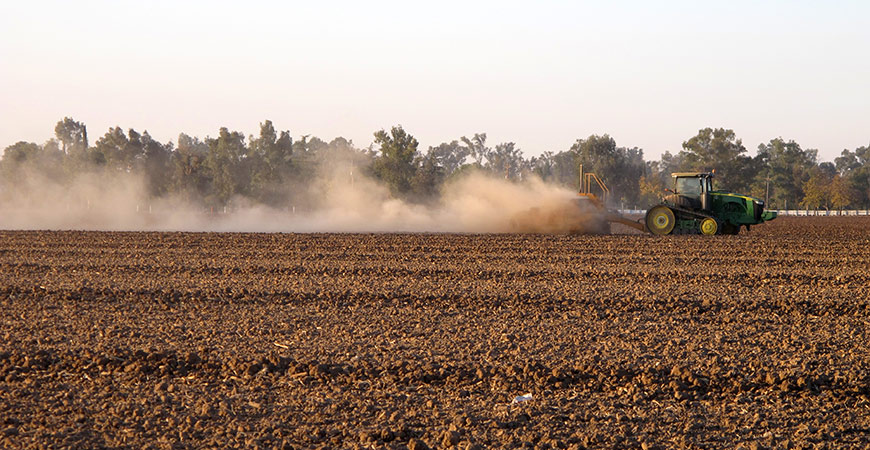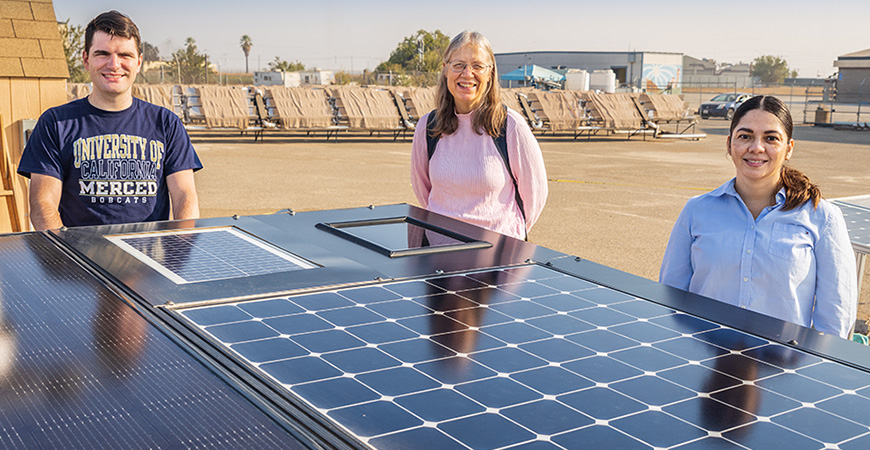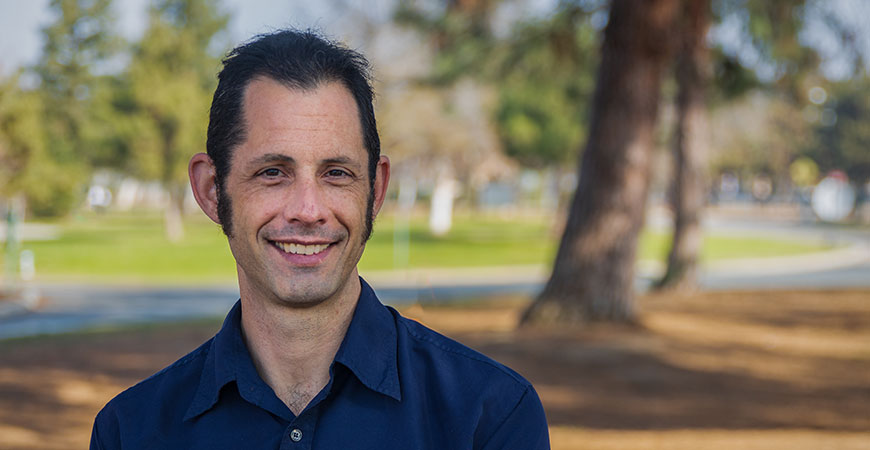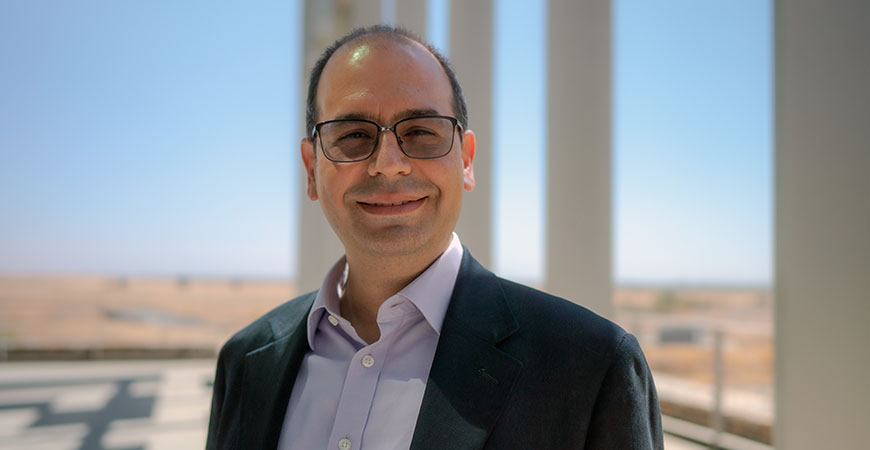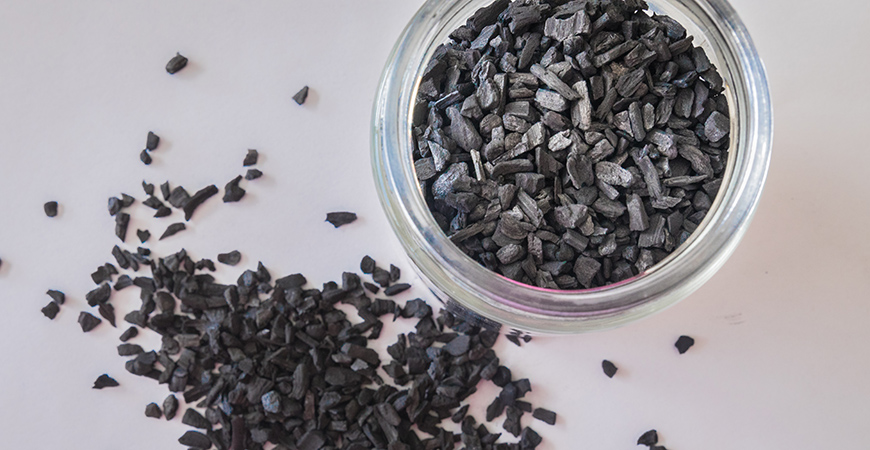The Biology Integration Institute (BII): The Institute for Symbiotic Interactions, Training and Education in the Face of a Changing Climate, or INSITE, stands out because it is supported by $12.5 million from the National Science Foundation, one of the largest NSF grants UC Merced has ever received...


